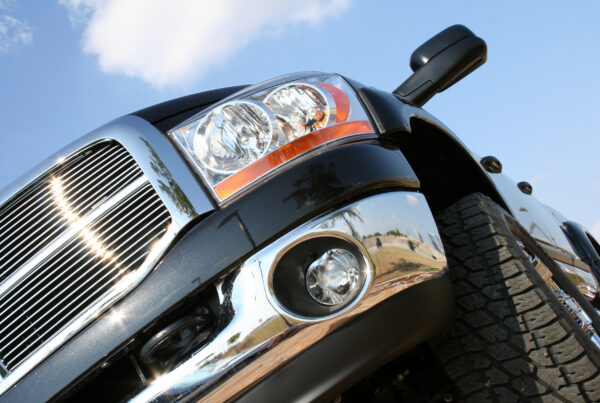When it comes to your fleet and risk management, best practice should include strategies around the use of alcohol and other drugs (AOD).
Illicit drugs clearly represent a risk to safe driving. However, for many vehicle operators, it is alcohol and medications which represent the risks more commonly encountered.
Key education factors for alcohol and medications include:
- Pay attention to how many standard drinks are in each container of alcohol. A “couple” of drinks may in fact be four or five standard drinks, placing you well over the legal limit for alcohol.
- Each “standard drink” of alcohol may increase your blood alcohol content by 0.020%. According to some research, at 0.020% (less than half the legal limit) you are twice as likely to have an accident.
- It takes at least one hour for males and up to two hours for females to metabolise one standard drink and reduce their BAC by 0.020%.
- A late night and a “few” drinks may result in higher levels of alcohol in the blood than you realise when you are on the road at 6.00am the following day.
- A “zero” alcohol limit may apply on your drivers licence or in your applicable workplace AOD policy. Taking care to observe these limits will set you up for safety.
- Medications can also pose a risk to safe driving. Pain killers which are Opiate based such as codeine can be particularly dangerous. Drowsiness and reduced reaction times can result in accidents which may not have occurred if medications were not involved.
Best practice for medication whilst driving is to always seek the advice of a doctor or pharmacist when it comes to prescription medication. Simply ask the question, “will this medication affect my ability to drive safely”.
Risk to property and persons may be mitigated by the points detailed above.
Whilst education is the starting point, many workplaces also include random drug and alcohol testing as part of their fleet risk management strategies. Vehicle operators may then be further motivated to “think twice” about their recent use of alcohol and other drugs before sitting in the driver seat.
For more information about Drug Testing Solutions, click here.




















